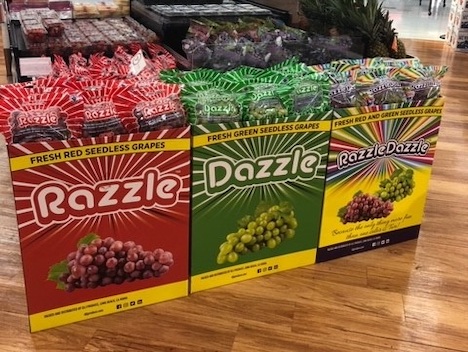FRESNO, California (KGPE) – Some call it the wine industry’s best kept secret. The Madera Wine Trail in the Central Valley is a unique boutique experience, offering award-winning wines. “The Madera Wine Trail is so important to this community,” said Erica Magarian, the Estate manager at Fäsi Estate Winery. Considered the agricultural center of the United States, the Central Valley has reason to show off its wine growing region in Madera. “We can create wines that are unique — vintage to vintage. And not only that, we can play around with different varieties that are not as common,” said Shayne Vetter, who’s a winemaker for Toca Madera Winery.
The wineries are on a smaller scale in Madera, giving an intimate feel that wine lovers can take advantage of. “We’re able to be very hands on from start to finish. Whether that be, as you can see behind me, our vineyard, being very hands on with harvesting all the way through to maybe hand bottling,” said Magarian. “And not only that, you’re going to taste some wines that are a little different in style because we have the ability to be different and not have to follow kind of the status quo,” added Vetter.
Winery staff are rich in knowledge and the area is one of the oldest grape growing regions in America. The wineries on the wine trail are part of the AVA. “A lot of people don’t realize that Madera is a American Viticultural Area meaning it has some distinction apart from the surrounding areas.” Renowned neighbors, Napa and Paso Robles might be touting best in show, but Madera wines are up and coming–already winning several awards and the county has long been known for its dessert wines and ports. “A lot of wine grape growing regions are known for maybe one or two particular varietals, but here in Madera, it’s very interesting and exciting that we all kind of have our own little niche. So, that’s very cool.” The Madera Wine Trail is just minutes North of Fresno.

